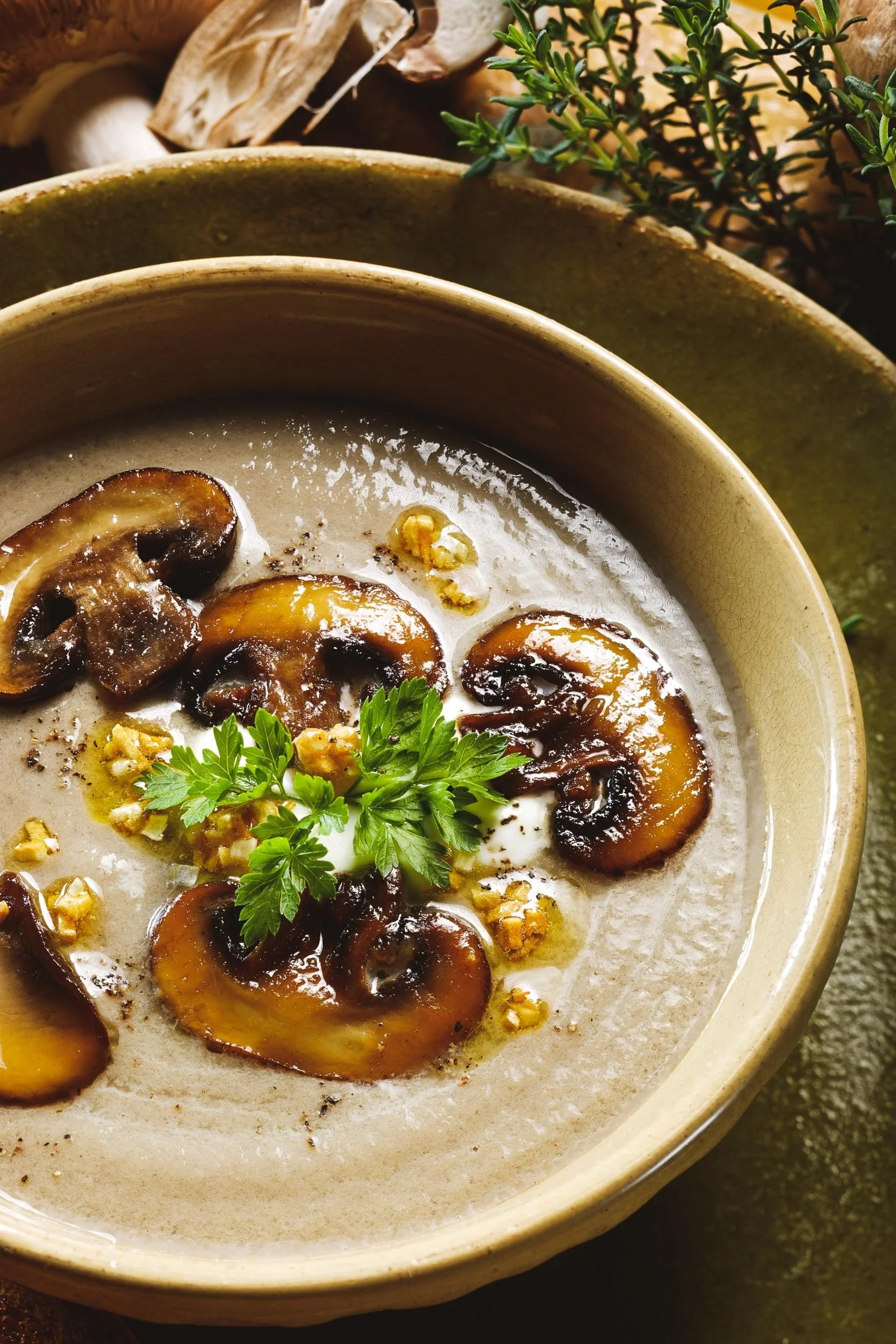Before I went paleo, I had never cooked leafy greens before in my life. Now, I cook greens at least several times a week (sometimes every day!) and I LOVE eating them. This recipe is for garlicky collard greens, the Brazilian dish couve à mineira.
It is a delicious paleo side dish that goes great with just about anything, and is very easy and fast to prepare. I remember the first time I ate at a Brazilian restaurant here on Miami Beach and I ordered this side dish. I was so blown away by how delicious it was! I asked the waitress how they prepared them and she just listed off 4 simple ingredients, which I immediately went home and started working with to get the correct ratios for a recipe:
- 1 bunch collard greens
- 4-6 cloves garlic
- 1/4 tsp real salt
- 1-1/2 to 2 Tbsp extra virgin olive oil (you can also use coconut oil)
Printable recipe at the end of the post.
Probably one of the reasons I never ate greens pre-Paleo was because I thought the only "healthy" way to eat them was steamed with no added fat.
Greens just taste so much better with butter, bacon fat/lard, coconut oil, or a good olive oil. Turns out that consuming adequate fat with vegetables is actually quite necessary for your body to be able to absorb certain critical nutrients because they are fat-soluble.
Several studies over the last decade have examined the absorption of carotenoids, which are plant-based provitamins that our bodies must convert into usable Vitamin A), and include some recognizable names: alpha-carotene, beta-carotene, lycopene, and lutein.
When vegetables, salads, and salsas are eaten with fats compared to without fats, carotenoid absorption goes up tremendously. The titles of these studies say it all:
Meal triacylglycerol profile modulates postprandial absorption of carotenoids in humans.
Anyway, that's enough science. On to the delicious, easy recipe!
First, rinse the collard green leaves and pat them dry. Next, cut out the thick stem from the middle using a "V" shaped cut. Then, cut the leaf in half by cutting the very top of the leaf (above the V-cut).
Stack about 6 half leaves together and then roll them up tightly.
Next, cut thin strips crosswise down the roll. Try to keep strips in place as best as you can for the next step.
Carefully cut the thin strips in half with one long lengthwise cut down the middle.
Repeat with remaining leaves until all your collards are in thin strips.
If you want to be very traditional with the garlic, use a mortar and pestle to mash the cloves with the salt. You can also use a garlic press or just finely mince the cloves with your knife. I used my Kuhn Rikon press and mixed it with Real Salt.
Heat olive oil in pan over medium-low heat for about 1 minute. Add garlic and salt and saute until garlic is fragrant, about 1-2 minutes. I used my #20 Cousances small-ish dutch oven but you can use a large saute pan as well.
Add collards and saute, stirring frequently, until they are softened and bright green in color. They will reduce in volume by about half or a little more. Watch them carefully to make sure you do not overcook. They should NOT start to turn dark. Total cooking time will vary depending on your stove and cookware, but should take between 4-8 minutes.
Serve immediately, goes great with just about any main dish you like!
Brazilian Garlicky Collard Greens (Couve a Mineira)
Prep time: 5 minutes
Cook time: 10 minutes
Total time: 15 minutes
Ingredients
- 1 bunch collard greens
- 4-6 cloves garlic
- 1/4 tsp sea salt
- 2 Tbsp extra virgin olive oil (or coconut oil)
Cooking Directions
- Rinse and pat dry collard leaves.
- Cut out tough center stem with a knife in a V shape as pictured, then continue to cut leaf in half.
- Stack about 6 leaf halves together and roll them up tightly.
- Cut crosswise strips about a quarter inch wide. Try to keep the strips together and in place.
- Next, cut the thin strips in half with one long lengthwise cut down the middle.
- Repeat steps 2-5 until all leaves are cut into strips.
- For traditional preparation, use a mortar and pestle to mash garlic with salt. You can also use a press on the garlic or finely mince with your knife and mix with salt.
- Heat olive oil in pan over medium-low heat for about 1 minute.
- Add garlic and salt and saute until garlic is fragrant, about 1-2 minutes.
- Add collard strips and saute, stirring frequently, until they are softened and bright green in color. They will reduce in volume by about half (sometimes more). Watch them carefully to avoid overcooking. You do not want them to start turning dark. Total cooking time with vary depending on your stove and cookware, but should take between about 4-8 minutes.
- Serve immediately and enjoy!
















This gluten- and dairy-free green bean casserole is just as quick and easy to make as the original, but without the allergens and additives.